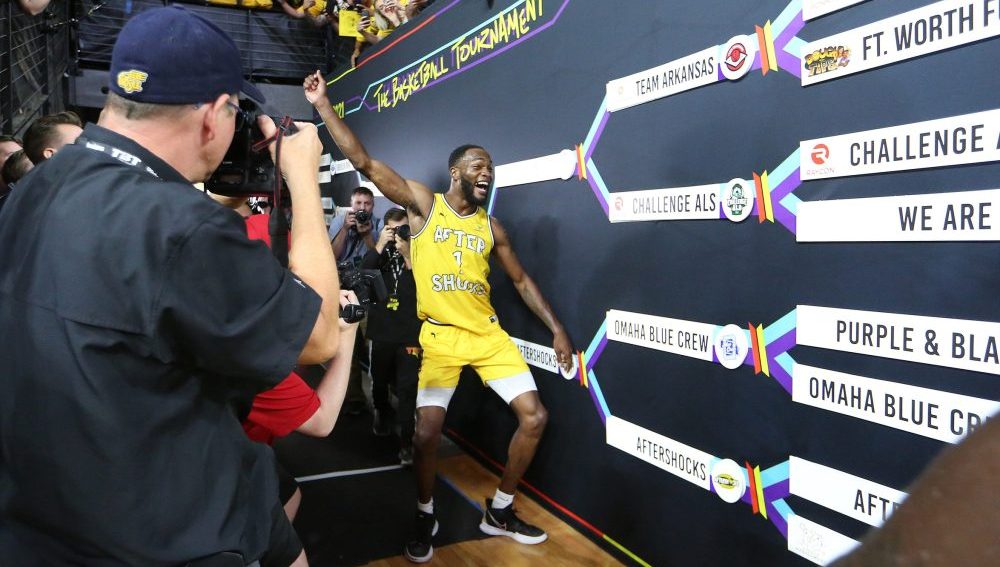Two games into the 2021 World Series, the Braves-Astros matchup has two very different, yet equally true, viewership narratives on the table.
The first narrative is that through two games, the World Series is up double digits from last year. The second narrative is that the World Series is the second least-watched Fall Classic through two games. This is what happens when a general downward trend of viewership absolutely craters in the middle of a pandemic.
Through two games, the 2020 World Series between the Dodgers and Rays was averaging a pathetic 9.07 million viewers, with 9.195 million watching Game 1 and 8.950 million watching Game 2. This year, the series is averaging 10.55 million viewers on Fox through two games, up 16% from a year ago, with 10.811 million watching Game 1 (the streaming and Fox Deportes viewership pushed the number to 11.077 million) and 10.28 million watching Game 2.
Prior to the 2020 sinkhole, the previous low viewership through two games came all the way back in…2019, when 12.06 million people on average watched the first two games between the Nationals and Astros (12.194 million for Game 1, 11.925 million for Game 2). This year’s series is down 14% from that 2019 matchup. Compared to a year ago, the World Series has scraped back roughly 1.5 million viewers, but another roughly 1.5 million are still missing, despite this year’s series featuring a large regional fanbase that has gone more than two decades without a Fall Classic appearance.
One issue plaguing this year’s series is the overall quality of the games themselves. During Tuesday’s Game 1, the Braves took the lead in the top of the first inning and never relinquished it. Viewership peaked, per Fox Sports, at 12.704 million viewers, in the 9:30-9:45 PM quarter hour, which is right around the time Atlanta opened up that lead. It’s jarring that the average viewership for the game was nearly two million fewer people less than than spike. In Game 2, we had a similar situation: the Astros took a 1-0 lead in the bottom of the first, and had opened it up to 5-1 after two. They never looked back.
Things will likely not get any better with Game 3, taking place on Friday night. In many World Series matchups over the years, viewership has bottomed out with Game 3, including in 2015, 2018, and 2020 (an all-time low, for any World Series game, of 8.156 million viewers). Saturday night’s Game 4 also may spell trouble, especially with a sweep off the table: this is where the 2016 and 2019 World Series hit their low point.
What will end up determining how the viewership trends over the next three to five games will be the quality of those games. 2016, MLB’s most-watched World Series since 2004, did feature the Cubs for the first time in 71 years, but also featured an incredible 3-1 series comeback, laden with exciting games. 2017, MLB’s second most-watched World Series of the last decade, did feature the Dodgers for the first time in 29 years, but also was an exciting back and forth series.
Through two games, this series has not been tight *or* exciting. If that trend begins to change, maybe the viewership will change with it.






